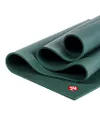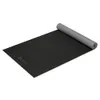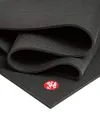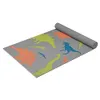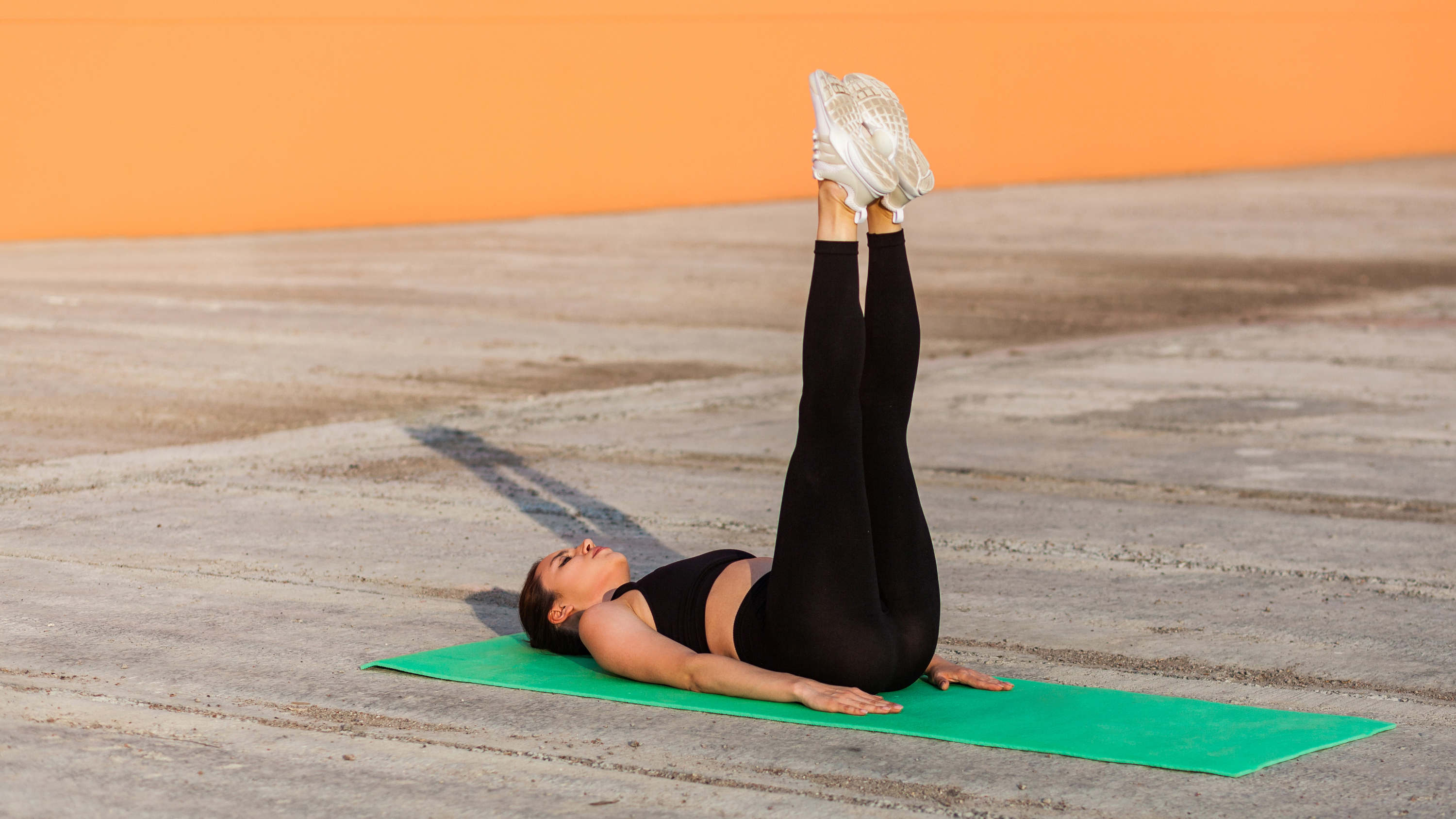
Instagram is an interesting place; it can either be a treasure trove of fitness inspiration or send you into a rabbit hole of misinformation. But it may just be worth it when you find the good stuff.
One nugget of gold I recently came across is a video posted by Jack Santora, who cites the hip elevated psoas march as a great mobility exercise for runners, restoring balance and hip function in extension and flexion. I’ve since been trying this move myself and I love how it makes my hips feel — stretched, lengthened and strengthened.
If you want to try it too, here’s the exercise and a step-by-step guide for executing it, plus the benefits of stretching and strengthening your hips and how hip mobility can help protect your lower back. You just need one of the best resistance bands or a loop band, and this short video.
What is the hip elevated psoas march?
This exercise is brilliant because it keeps the working muscles under tension throughout hip flexion and extension — basically, during the entire exercise. That’s the beauty of using resistance bands, and when people ask "do resistance bands really work?" this is one of the first benefits I always cite.
You can perform small, controlled movements or big compound exercises with them while creating constant tension. A bonus is that the move also targets the glutes and hamstrings, making it an efficient lower-body mobility exercise.
A post shared by THE MUSCLE & MOBILITY MAKER (@jacksantorafitness)
A photo posted by on
How to do the hip elevated psoas march
Jack Santora explains:
“Place a mini loop band around your feet and a yoga block under your sacrum to elevate your pelvis. Roll your shoulder blades down and back, driving your triceps into the floor. Brace your abdomen and obliques…keeping your pelvis parallel to your ribs.
Sign up to get the BEST of Tom's Guide direct to your inbox.
Get instant access to breaking news, the hottest reviews, great deals and helpful tips.
"With both legs fully straightened, drive the heel of one foot down into the ground engaging the glutes and hamstrings while drawing the knee of the other leg as high as you’re able to toward your chest.”
Look to “max your flex at the top for 2-3s before extending the leg back to the floor and switching sides.”
With your hips elevated this way, you don’t need much resistance to feel it, and you can always slow the exercise down to increase the intensity (known as time under tension). However, as you progress, you may want to add thicker loop bands or even stack your bands to increase the resistance.
I hit the comments section to see what feedback was on offer and picked up some additional useful tips. Santora explains that the block increases hip extension in the elevated position, but you could start without the block, and then “add it for more ROM as you gain more control.” That means extra range of motion.
Instagram is an interesting place. It can either be a treasure trove of fitness inspiration or send you into a rabbit hole of misinformation. But it may just be worth it when you find the good stuff.
If you plan to try without the block, remember to press your lower back into an exercise mat by slightly tucking your pelvis toward your spine; this should prevent you from sinking into your lower back as your hips fatigue.
Santora recommends 6-10 reps (we can assume per side) with a 2 to 3-second hold at the top each time for 3 sets. When you’re churning out 10 reps comfortably, it might be time to increase resistance.
Hip flexors are crucial for supporting movements like running, walking, or climbing, as they help lift and lower your legs. These muscles also support the pelvis and, when strong, protect your lower back, posture and lower body alignment.
Strong hips will help you execute weightlifting exercises with better control and power, whereas tight or weak hips can limit flexibility and mobility, which may encourage overcompensation elsewhere.
As a trainer myself, I'm like a kid in a sweet shop when I find new exercises or intelligent ways to adapt the old ones. This is going in my bank of mobility moves to try with others.
A little feedback from your hips, including some clicking and clunking, shouldn’t be a cause for concern. However, if you experience discomfort or pain, it’s a red flag worth listening to. Stop if you need to, and consult a qualified personal trainer or physician for further advice.
More from Tom's Guide
- I'm a personal trainer, this one-minute stretch opens your shoulders and builds upper body flexibility
- Forget the gym — you only need 1 kettlebell and 20 minutes to strengthen your entire lower body
- Pilates instructor shares a 20-minute Pilates workout for developing healthy hips and strengthening your lower body

Sam Hopes is a level 3 qualified trainer, level 2 reiki practitioner and senior fitness writer at Tom's Guide. She is also currently undertaking her Yoga For Athletes training course. Sam has written for various fitness brands and websites over the years and has experience across brands at Future such as Live Science, Fit&Well, Coach, and T3.
Having worked with fitness studios like F45 and Virgin Active, Sam now primarily teaches outdoor bootcamps, bodyweight, calisthenics and kettlebells. She also coaches mobility and stretching-focused classes several times a week and believes that true strength comes from a holistic approach to training your body.
Sam has completed two mixed doubles Hyrox competitions in London and the Netherlands and finished her first doubles attempt in 1:11.





